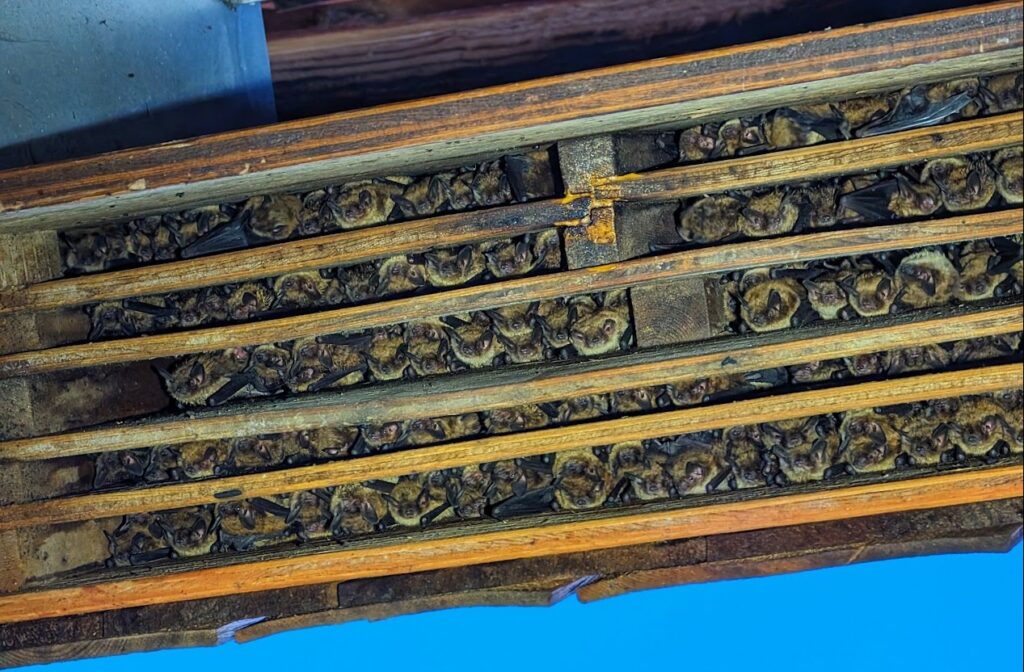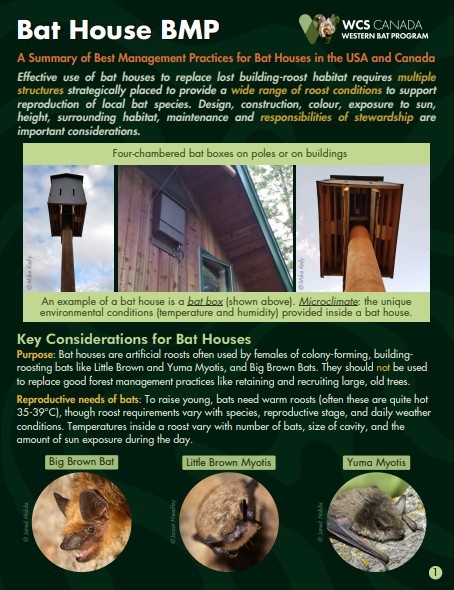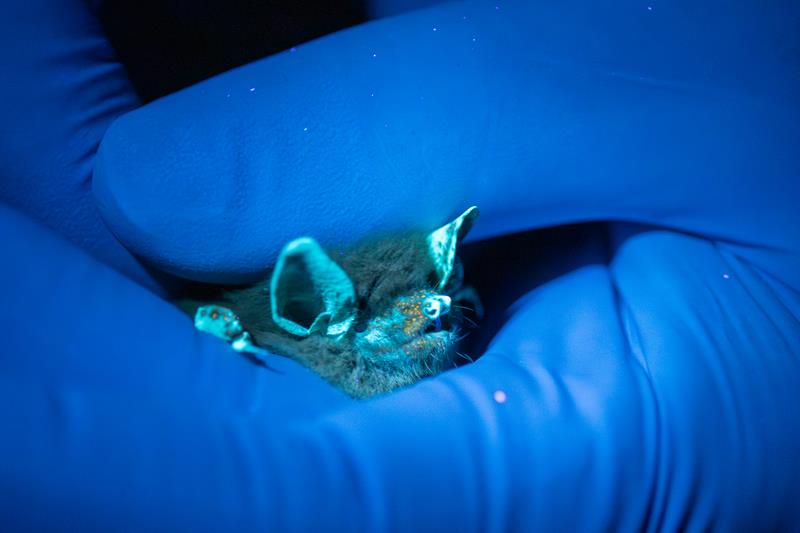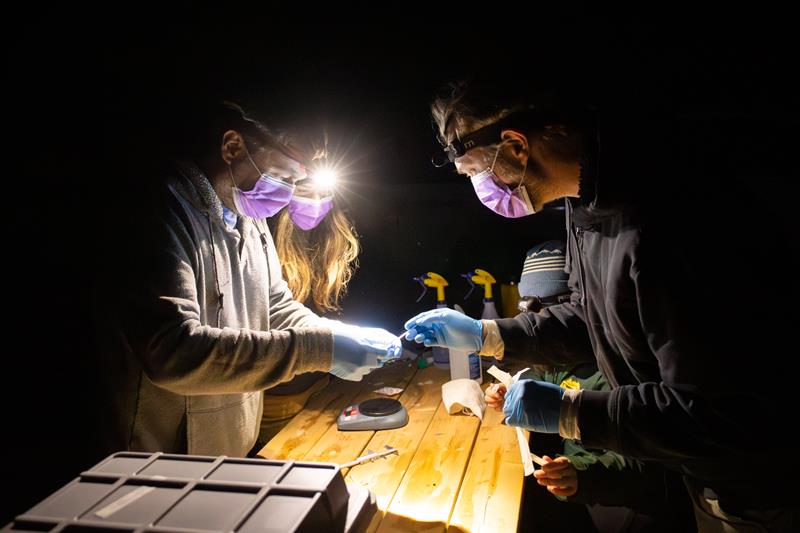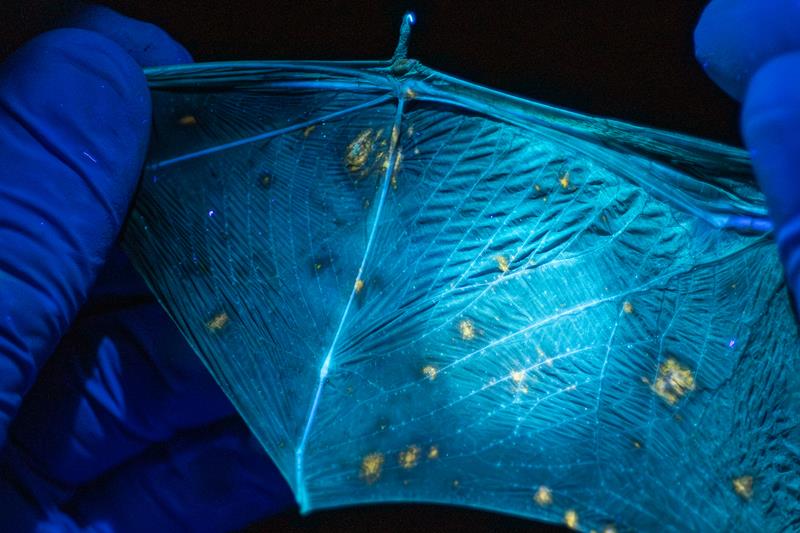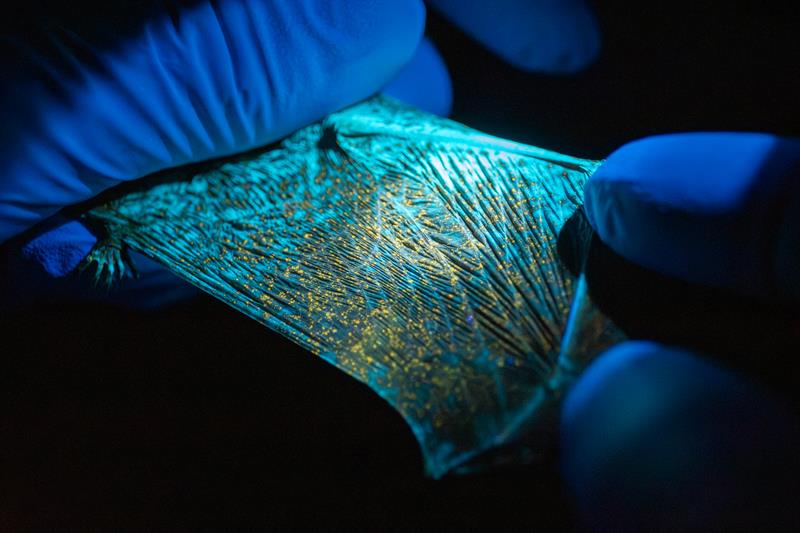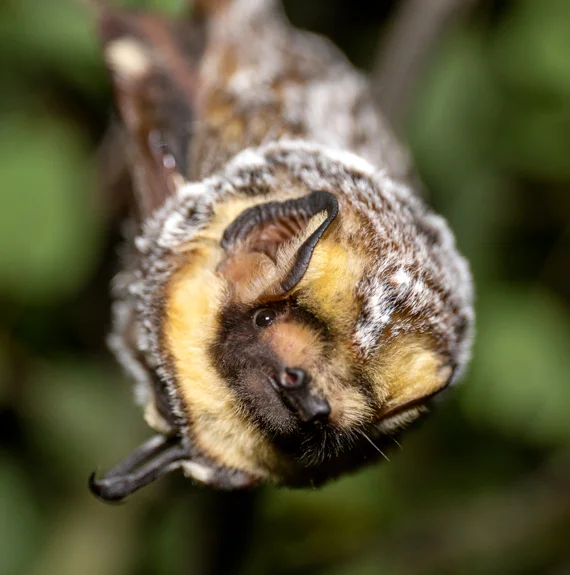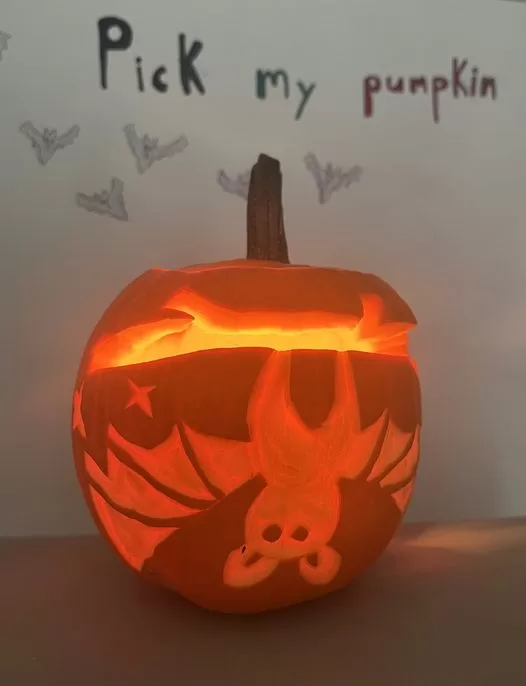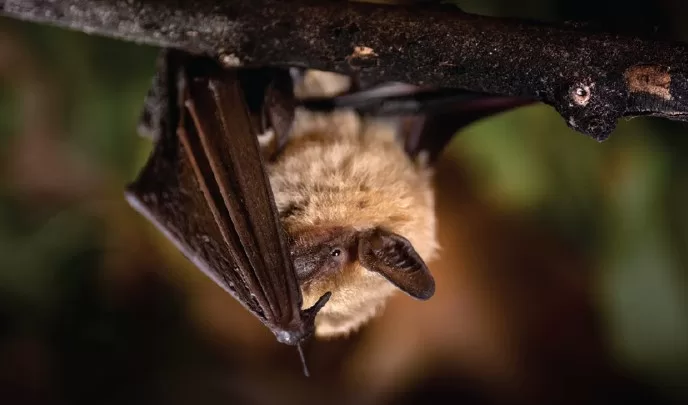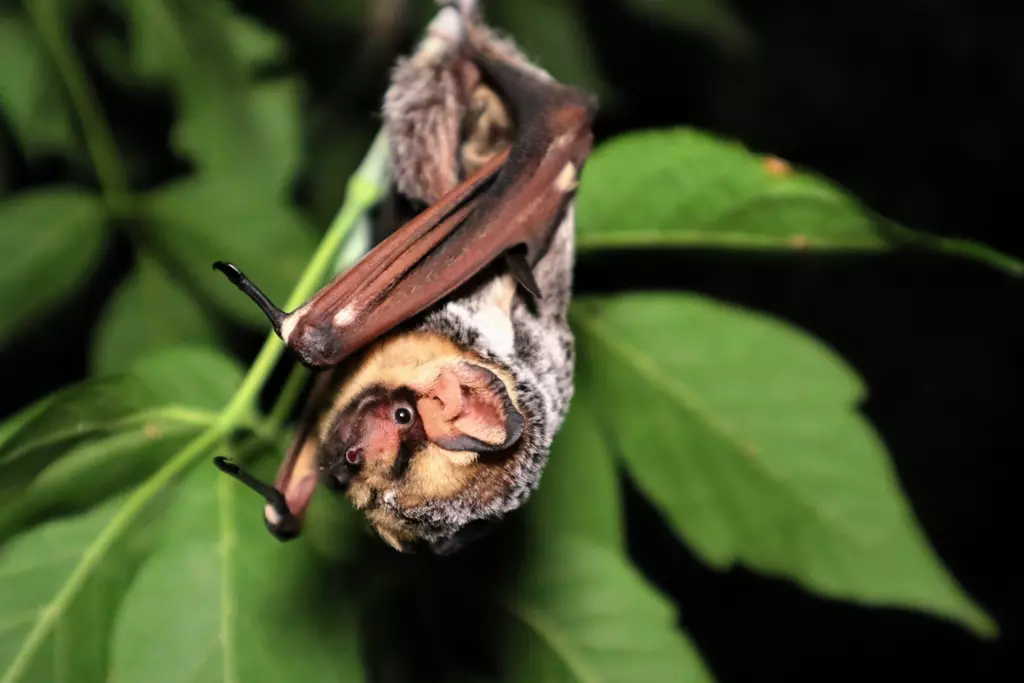Introducing Our Online Course for Managing Bats in Buildings (The Roost Report)
Stay in the loop with what’s happening at the Alberta Community Bat Program and with bat conservation efforts across Alberta! The Roost Report is your go-to source for the latest updates. In this first edition, we’re excited to introduce our new online training program for managing bats in buildings—visit training.canadabats.org to learn more.
Introducing Our Online Course for Managing Bats in Buildings (The Roost Report) Read More »


